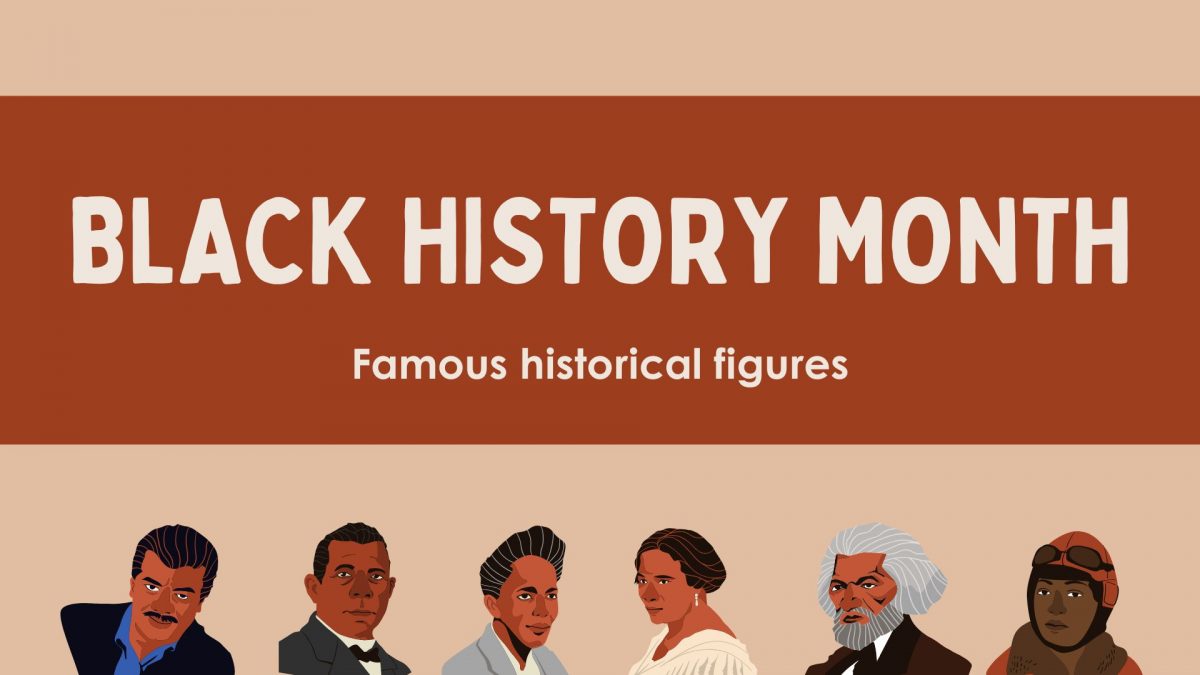The market place is way too busy and all the items for sale are all over the place. Can you help us locate them all?
Market mania
It’s chaotic out there! There are so many missing items. Do you think you can help us find them?
It’s chaotic out there! There are so many missing items. Do you think you can help us find them?
The market place is way too busy and all the items for sale are all over the place. Can you help us locate them all?
By combining aerobics and weight-bearing exercises, dancing is great for one’s fitness. Try your hand at this wordsearch.
Did you know that dance has a host of fitness benefits? It improves heart health, helps build muscle, maintain bone health, improves coordination and flexibility, reduces stress and anxiety and much more. Now this game has the names of various styles. Can you find them all in the grid?
From prehistoric times, music has played an integral part in the life of humans. Read on.
From the beginning of time, music has played an integral part in the life of humans. Music is not static. It is changing every day, being influenced by cultures and changing times. In ancient times, music was used mainly for religious functions and ceremonies. In medieval Europe, classical music emerged for the enjoyment of the people. Today music means so much more, with more genres like jazz, rock, hip hop and electronic music.
Here is an easy timeline to follow the evolution of music from 50,000 BCE to the Common Era to the 2020s.
A phoenix among trees, the Ginkgo has lived on Earth for over 200 million years, surviving against all odds.
On August 6, 1945, a nuclear bomb was dropped on the Japanese city of Hiroshima, extinguishing all life-forms for several kilometres. The land was so utterly devastated that people feared nothing would grow on it again. Yet months after the bombing, one tree species — the ginkgo — sprang to life, astonishing everyone.
Miraculous as this sounds, it is just one episode in the story of this incredible tree that has lived on Earth for more than 200 million years! Scientists call it a living fossil because, despite the passage of time, the ginkgo hasn’t changed much. It has survived mass extinctions that wiped out most other life forms around it, including the dinosaurs. It has endured the shock of new life forms that came afterwards and competed with it for survival. It has lived through ice ages and the breaking up of landmasses to create the world map we see today.
A few million years ago, though, the ginkgo began to disappear from most places on the planet. About 1,000 years ago, it could only be found in the East — mainly in China and Japan — where people ate its seeds, used them to treat various ailments, and worshipped the tree as a symbol of longevity and vitality.
Survival instincts
During the 17th Century, western botanists documenting the flora and fauna of the East were struck by this stately tree with its distinctive fan-shaped leaves. The first among them was Engelbert Kaempfer from Germany, who encountered the tree in Japan and called it ‘ginkgo’ based on the Japanese pronunciation. Eventually, ginkgo seeds were taken to Europe and one can only imagine the delight of naturalists who found that it thrived even in their part of the world!
Once again, the ginkgo began to spread across the world, especially in temperate areas between the tropics and polar regions. Today, it can be seen on the streets of major cities like Seoul, Shanghai and Manhattan. Its hardiness has served it well; it has been able to resist pollution, warming temperatures and many kinds of plant diseases with remarkable ease.
What makes the ginkgo so resilient? Its extraordinary ability to battle all kinds of odds. The tree grows deep roots that keep it stable even against the strongest winds and draw out nutrients from great depths. It releases chemicals that ward off pests and diseases. Even when it grows old, the tree remains strong. Although it prefers loamy soil, the ginkgo isn’t fussy and finds ways to thrive in a variety of environments. In a world full of uncertainties, it stands tall as symbol of resistance and hope.
Birds, animals, plants … all things from Nature. Check out your knowledge of the world around you with this crossword.
This is a crossword about the various things found in the natural world: animals, insects, birds, plants and more. Use the picture and text clues to see if you can find the answers.
Great stories don’t just happen; they are built carefully. Watch this video to find out what elements go into making a story.

What are communicable and non-communicable diseases? Learn more from this set of six questions.
Flu, fever, diabetes, cancer…. all of them are diseases but not all of them are the same. Some spread from one person to the other while others don’t. Learn more about them from this fun game.
Theatre and cinema are synonymous with entertainment. How many words can you make out of this word flower?
There are some words that are intrinsically linked with the theatre. Some of them are curtain, show time, green room, costumes, cinema, dialogue, song, dance, and backstage. In this word flower activity, the word used is ‘CINEMA”, with M as the central character. How many words (four letter and longer) can you make out of this word? Make sure there is an M in every word.
It’s Quiz Time, folks! Put on your thinking caps and guess the answers to these questions.
An end-of-the week quiz to keep your grey cells working. How many of these questions do you know the answer to?
Why is February known as Black History Month in the U.S.? Find out by watching this video.

| Sun | Mon | Tue | Wed | Thu | Fri | Sat |
|---|---|---|---|---|---|---|
30 | 31 | 1 | 2 | 3 | 4 | 5 |
6 | 7 | 8 | 9 | 10 | 11 | 12 |
13 | 14 | 15 | 16 | 17 | 18 | 19 |
20 | 21 | 22 | 23 | 24 | 25 | 26 |
27 | 28 | 29 | 30 | 1 | 2 | 3 |